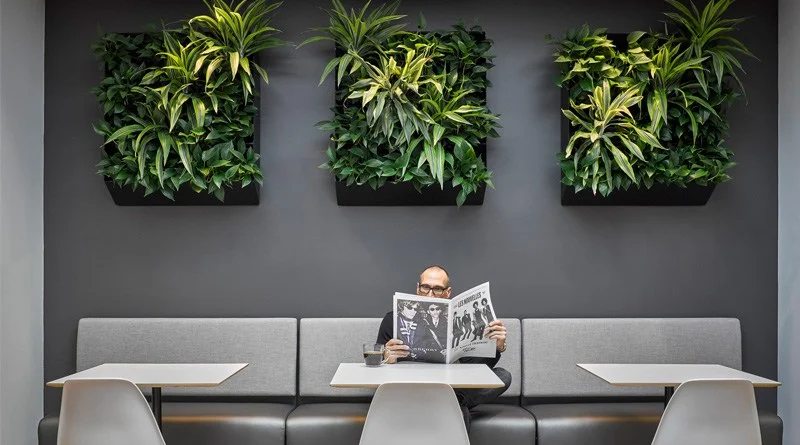For decades, interior designers have known that design can affect the health of occupants by causing or preventing disease and even supporting health. With the growth of new rating systems such as WELL and Fitwel, this knowledge has begun to expand to the more inclusive concept of wellness, which is often defined as holistic physical and emotional well being. The National Wellness Institute (NWI) builds upon this definition, adding four additional dimensions: intellectual, occupational, social and spiritual. According to the NWI, “wellness is an active process through which people become aware of, and make choices toward, a more successful existence.”
As designers began to discover the positive ways the designed environment can influence user health and wellness, the field of positive psychology was growing in parallel. Since the early 1990s, psychology has been expanding from a narrow focus on pathology (i.e., what’s wrong with people) to a broader view that includes an understanding of human thriving (i.e., what makes people successful and happy). The resulting inclusive approach — positive psychology — can take design a step further beyond preventing disease and encouraging physical activity, illustrating the impact design can have on happiness, creativity and other conditions for human flourishing.
So how, exactly, can interior environments support thriving individuals and organizations?

